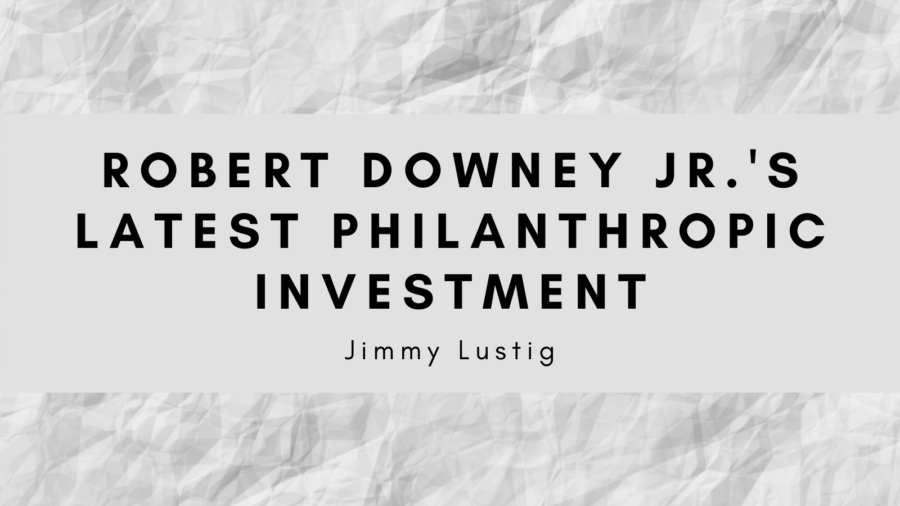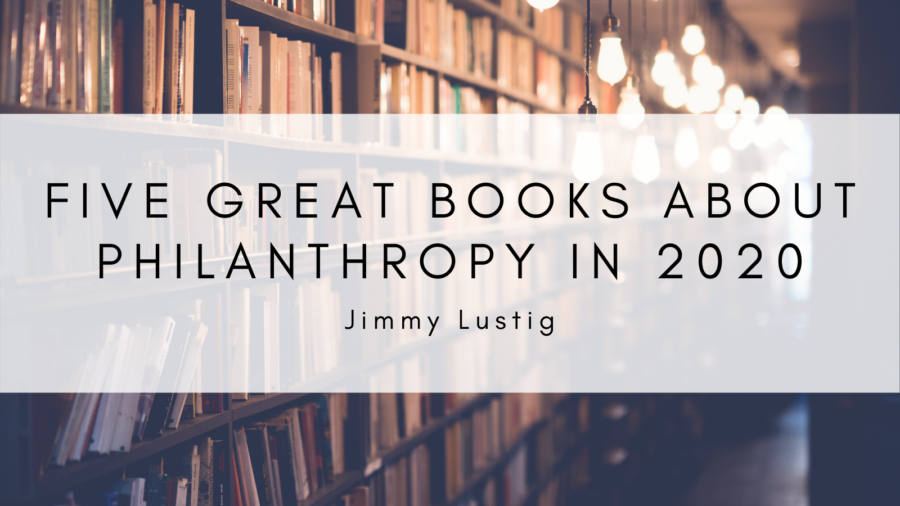Downey Jr. went into further detail on the goals of Footprint Coalition Ventures in an interview with reporters from Fast Company. Downey Jr. explains that creating Footprint Coalition Ventures will put the Footprint Coalition in a better position to help answer vital sustainability questions. Continuing, Downey Jr. says that Footprint Coalition Ventures have two types of funds, one for preliminary investments and the other for subsequent investment opportunities. Furthermore, the company follows a rolling fund investment schedule. In this manner, investors will be able transfer funds to companies on a quarterly basis, making Footprint Coalition Ventures more accessible to different kinds of investors. Downey Jr. adds that such a schedule opens the company to as wide a pool of investors as possible.
Footprint Coalition Ventures focuses on funding companies that research in six areas, including food and agriculture, energy, education, and advanced environmental solutions. Thus far, five companies, including Arcadia Earth and Cloud Paper, have received funds from Footprint Coalition Ventures.
Looking to the future, Downey Jr. says that he plans on using his status as a celebrity to raise awareness on the Footprint Coalition and sustainability ventures in general. While many other celebrities who are involved in similar organizations tend to keep a low public profile, Downey Jr. feels that it is his responsibility to use his platform to influence others. Jonathan Schulhof, who runs the day-to-day business of Footprint Coalition Ventures, points out that the company has used a YouTube video of Downey Jr. detailing the differences between plastic and polyhydroxyalkanoate, a new type of sustainable polymer invented by RWDC Industries, to help woo investors. Schulhof continues that such content can inspire audiences by making something extraordinary seem commonplace.



